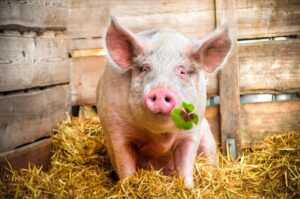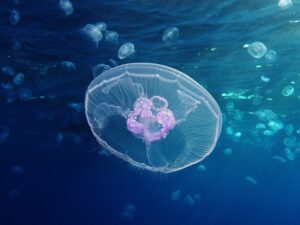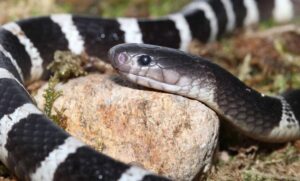In nature, besides mosquitoes, many other species also seek this protein-rich liquid. While many insects, from lice to mosquitoes, bed bugs, and fleas, prefer blood as food, it turns out that many other animals also seek this nourishment. Join KnowAllAnimals to explore the Top 6 Vampire Animals in Nature – Bloodsuckers of the Wild in the following article!
1. Why Do Animals Feed on Blood?
At first glance, blood might seem like a strange thing to consume, but it’s not. Blood is rich in protein and lipids; the challenge is how to absorb these nutrients from it.
As often depicted in horror films, blood-sucking creatures need “tools” to penetrate their prey’s body, such as sharp teeth, needle-like proboscises, or sharp beaks.
Equally important are special chemical compounds that keep the blood flowing, inhibit the prey’s immune system, and, of course, help the predator avoid retaliation from its host.
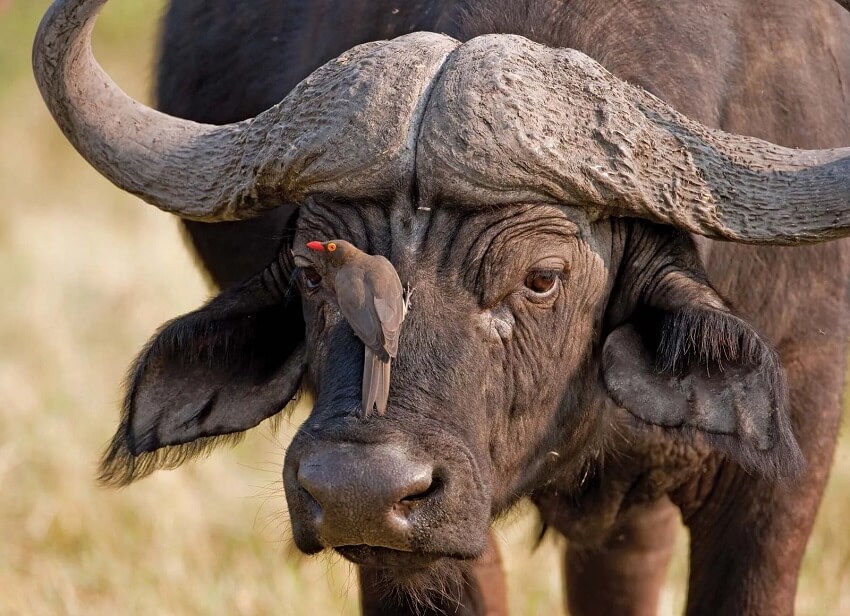
2. Top 6 Vampire Animals in Nature – Bloodsuckers of the Wild
In the animal kingdom, not a few species survive by feeding on the blood of other creatures. While it may sound gruesome, this is a unique survival strategy that has existed for millions of years. Let’s explore the Top 6 Vampire Animals in Nature, where hunting instincts and adaptation have turned them into some of the wild’s most unique creatures.
2.1. Vampire Bat
- Kingdom: Animalia
- Phylum: Chordata
- Class: Mammalia
- Order: Chiroptera
- Family: Phyllostomidae
- Subfamily: Desmodontinae Bonaparte, 1845
When we think of vampires, the animal we most often associate with them is the bat. But among over 1,200 bat species, only one subfamily, Desmodontinae, has evolved to feed exclusively on blood.
These vampire bats locate their prey—mammals or birds—by listening for their breathing and, as they get closer, by sensing the heat of the blood flowing beneath the skin to find a good spot to bite. A single bat can double its weight after one blood meal.
The only vampire bat species known to feed on human blood is Desmodus rotundus. They can transmit rabies to humans they bite. However, their saliva contains an anticoagulant that humans have used to create the drug desmoteplase, which helps improve blood flow in stroke patients.
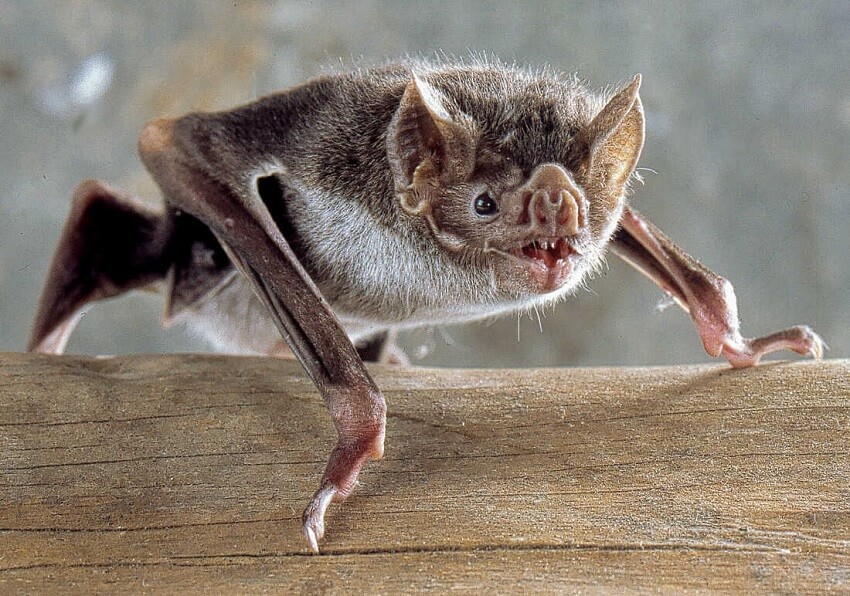
2.2. Oxpecker
- Kingdom: Animalia
- Phylum: Chordata
- Class: Aves
- Order: Passeriformes
- Superfamily: Muscicapoidea
- Family: Buphagidae
- Lesson: 1828
- Genus: Buphagus Brisson, 1760
Oxpeckers’ preferred diet is not limited to ticks; they also love to drink blood, typically from livestock. They peck at their host to draw blood, which they then drink. These unfortunate animals are highly susceptible to infections from these wounds, which can take a long time to heal.
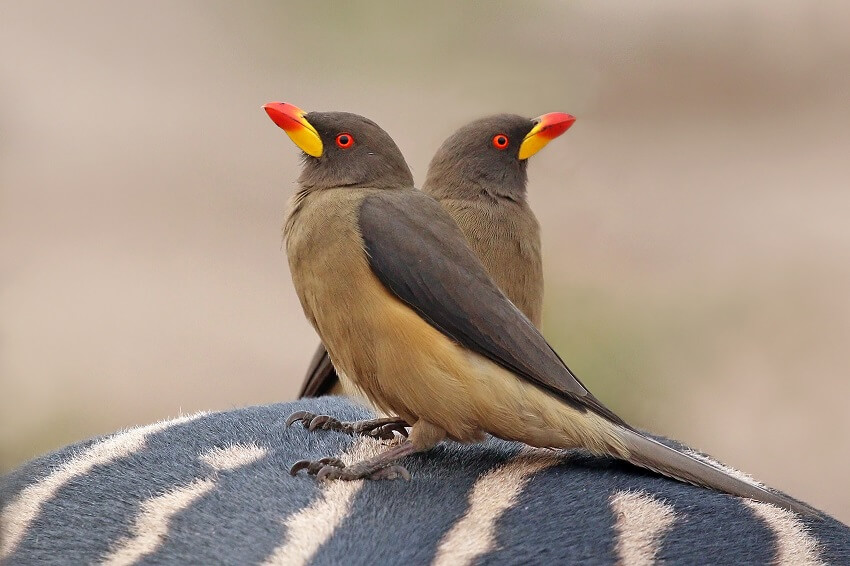
2.3. Candiru
- Kingdom: Animalia
- Phylum: Chordata
- Class: Actinopterygii
- Order: Siluriformes
- Family: Trichomycteridae
- Genus: Vandellia
- Species: V. cirrhosa
This catfish is rumored to be able to enter the genital tracts of anyone unlucky enough to encounter it underwater, although such accidents are extremely rare. Nevertheless, this reputation alone is enough to earn it a spot on the list of dangerous and bizarre fish.
Typically, the candiru will enter the gills of other fish to suck blood from the arteries of its victims. It can follow its prey for thousands of kilometers, living off the nutritious blood without having to forage for itself.
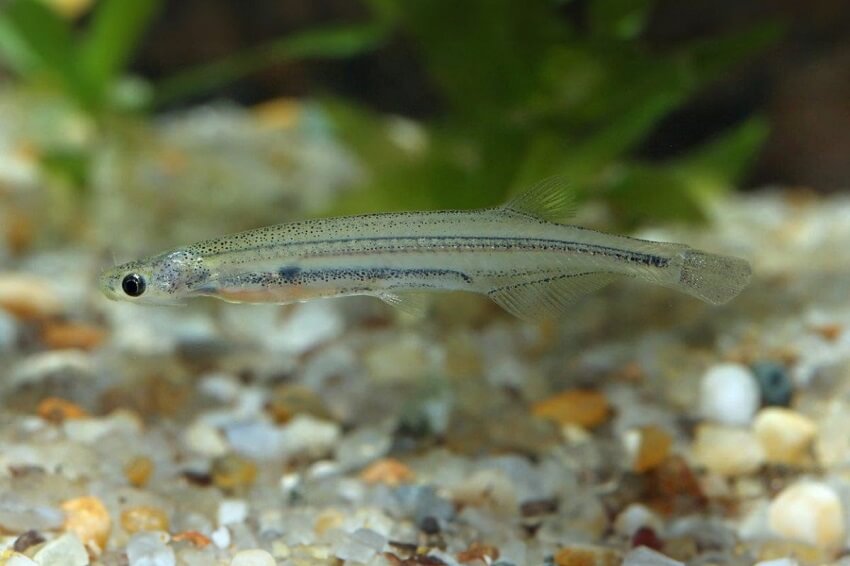
2.4. Lamprey
- Kingdom: Animalia
- Phylum: Chordata
- Clade: Olfactores
- Subphylum: Vertebrata
- Infraphylum: Agnatha
- Superclass: Cyclostomi
- Class: Petromyzontida
- Order: Petromyzontiformes Berg, 1940
Lampreys live in the sea and are among the enemies of marine mammals. Like salmon, lampreys also make seasonal journeys upstream before returning to the sea with their new offspring.
An adult lamprey feeds by using its suction-cup mouth, tongue, and sharp teeth to latch onto the skin of whales and other fish to suck their blood.
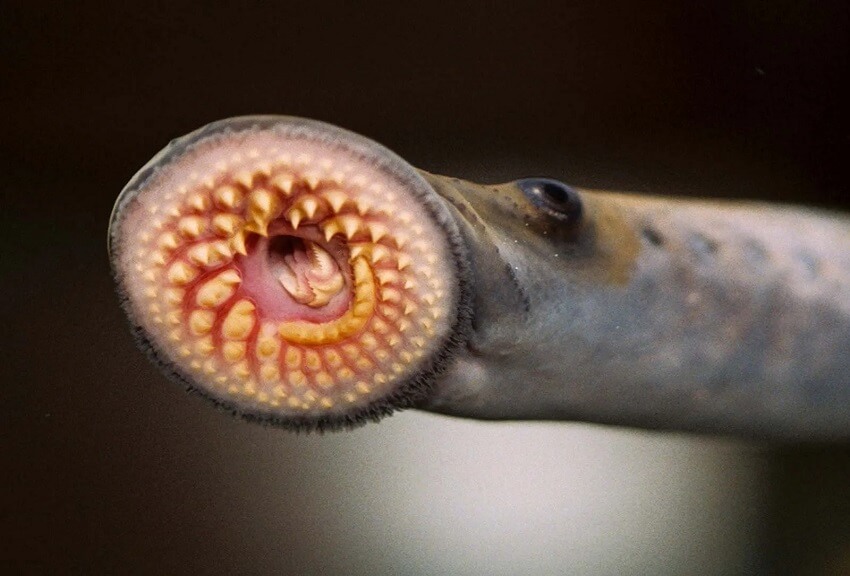
2.5. Vampire Moth
- Kingdom: Animalia
- Phylum: Arthropoda
- Class: Insecta
- Order: Lepidoptera
- Superfamily: Noctuoidea
- Family: Erebidae
- Tribe: Calpini
- Genus: Calyptra Ochsenheimer, 1816
Originally a fruit-eating moth species, at some point in its history, this creature mysteriously switched from a “vegetarian” diet to feeding on human blood. It uses its hooked, barbed mouth to pierce human skin and drink blood.

2.6. Vampire Finch
- Kingdom: Animalia
- Phylum: Chordata
- Class: Aves
- Order: Passeriformes
- Family: Thraupidae
- Genus: Geospiza
- Species: G. septentrionalis
This seemingly adorable finch species is native to Wolf Island and Darwin Island in the Galapagos Archipelago. Its primary diet consists of seeds and insects, but when these are scarce, it becomes bloodthirsty.
It seeks out other seabirds and uses its long beak to peck at the blood vessels at the base of their feathers. The islands where they live are among the most arid in the Galapagos, which is likely why they have developed this unusual survival strategy.
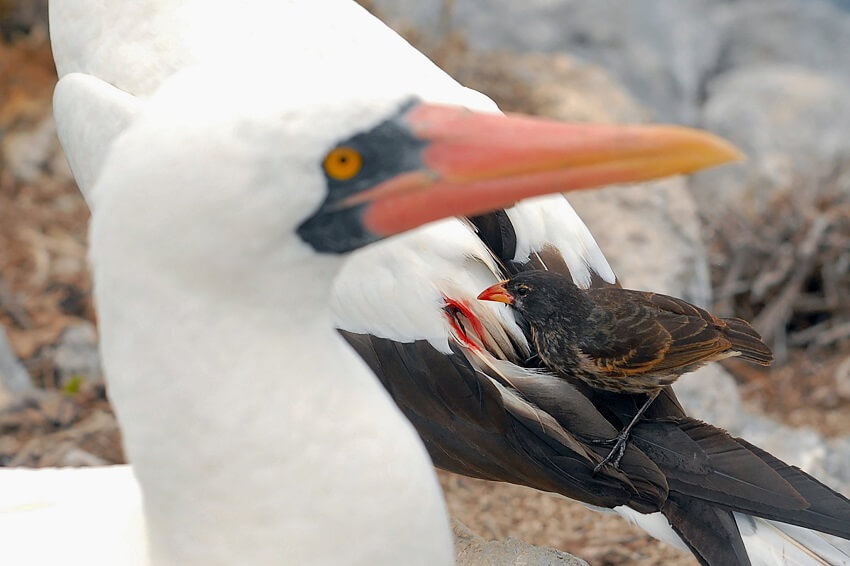
3. FAQs
1. What are “vampire animals”?
They are animals that survive by feeding on the blood of other creatures, using it as a primary or supplementary source of nutrition.
2. Is the vampire bat the only animal that sucks blood?
No. Besides vampire bats, mosquitoes, leeches, ticks, the candiru fish, and many other species also feed on blood to survive.
3. Is blood-sucking harmful to the host?
Yes. While some species only take a small amount of blood, many can transmit dangerous pathogens to their hosts, including humans.
4. Why did these animals evolve to feed on blood?
This is an evolutionary adaptation to take advantage of the rich source of protein and iron in blood, which helps them survive in harsh environments.
5. Are humans at risk of being attacked by these “vampire animals”?
Yes, especially from species like mosquitoes, ticks, and leeches, or in rare cases, vampire bats. However, most of them suck blood to survive and not to kill humans.
“Vampire Animals” in nature might send shivers down many people’s spines, but they are a testament to the incredible diversity and adaptability of the animal world. From blood-sucking bats in the dark of night to the more familiar mosquitoes and leeches, each species plays a specific role in the ecosystem. Learning about them not only helps us better understand nature but also reminds us to be vigilant and to respect and protect the biological balance they help maintain.

